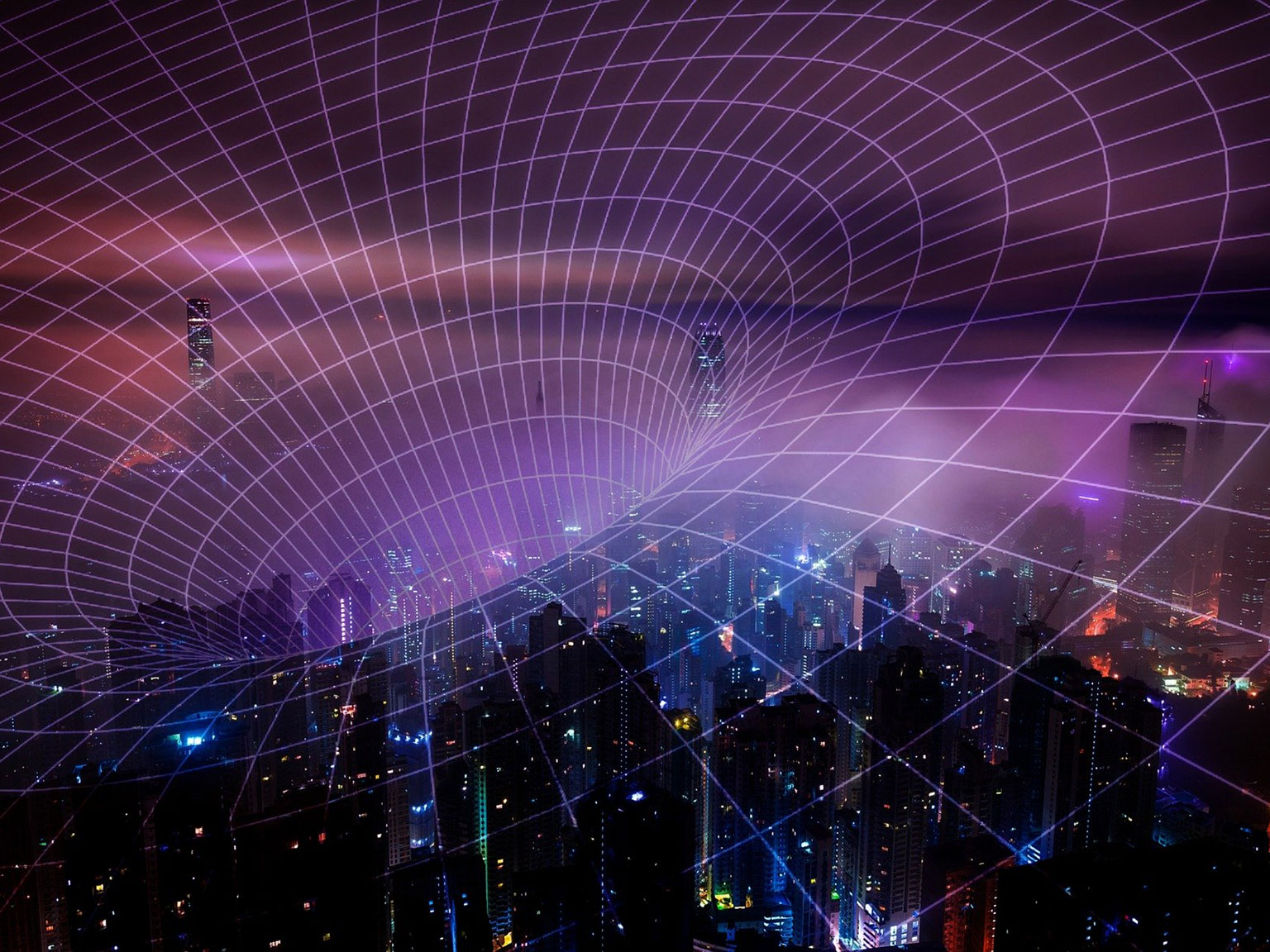5G health risks – a conspiracy theory?
After seven years of 4g, the UK’s first 5g network has officially been switched on by EE. But conspiracy theories regarding the new network are growing every day. But are they well-founded?…

After seven years of 4g, the UK’s first 5g network has officially been switched on by EE. But conspiracy theories regarding the new network are growing every day. Some anti-5G activists have even claimed that the mobile upgrade could cause cancer, autism and infertility, despite there being no proof.
Across the UK, 5g is now live in 6 UK cities, with more locations joining very soon. While the upgrade promises rapid data connections, much faster than we know now, some are sceptical, and are convinced the upgrade will be accompanied by more sinister outcomes.
Social media platforms, forums and blogs are brimming with anti-5G accounts, many going as far as attributing drastic illnesses such as Alzheimer’s to the 5G upgrade. Posts across social media have gone viral surrounding the subject. In the Netherlands, a 5G test mast was blamed for the unexplained death of 300 birds, again without any evidence to link the two. So, you may be wondering, how does a mobile network upgrade generate such a radical response?
For answers we can turn to John Kuhles, a leading activist who has dedicated a career to UFO research and has more recently founded the “Stop5G” Facebook group (2018). Kuhles’ group has more than 20,000 members and is the source of many conspiracy theories, including the ‘300 dead birds’ theory and one that suggested that the Californian wildfires were instigated by the ruling classes as punishment for refusing to roll out the 5G network on a mass scale.
However, Kuhles’ influence doesn’t stop there, his group inspired many more groups to form across the UK and make a stand against 5G. Their views have led to appeals to local councils to refuse the upgrade for events such as Glastonbury Festival. As well as posts shared across Twitter and Instagram showing people in hazardous material suits when supposedly working on 5G network masts.
Despite all of this, there is no documented evidence that any mobile communications network can negatively impact human health in any way. The upgrade is a successor of previous mobile technologies and so far, research into the field of mobile networks and human illnesses has found no direct link between the two.
Of course, the anti-5G movement marches on, backed by RT America, who have aired multiple news segments titled “5G apocalypse” and “experiments on humanity”, in which they warn of cancer, nosebleeds and other alarming health risks. However, these could be associated with a Russian disinformation campaign, looking to damage America’s global race towards 5G. But their message is spreading, fuelling more concerns from lesser known news sites and blogs.
Radio wave radiation concerns are not a new conspiracy scare. This kind of fear mongering misinformation crops up every time a new network upgrade is announced. They are simply a rehash of conspiracy stories that have come before. Health concerns around high-voltage power lines and mobile devices date back to the 1980’s, but scientists have researched and debunked these theories over the past couple of decades. For example, in the UK between the 1990’s and 2016, the number of mobile phone users increased by 500%, while the number of brain tumour diagnoses increased by 34%. The is figure was attributed to improvements in tumour detection. We see similar conspiracy patterns when new vaccines are announced, there will be a rise in conspiracies that are just a mere rebranding of conspiracies of the past.
It is common in online discussions for emitted signals from mobile devices to be referred to as “radiation”, associating them with ionising rays such as ultraviolet and X-rays which can alter DNA and genetic makeup, leading to cancer. The signals used in telecommunications are at the opposite end of the electromagnetic spectrum with frequencies between 300MHz and 300 GHz. There is an evident gap in many people’s understanding of microwaves and microwave radiation as a concept, which leads to these misconceptions and the spreading of misinformation about its effects.
This view is held amongst university professors, for instance Joseph Ucinski of University of Miami and editor of ‘Conspiracy Theories and People Who Believe Them’, explains that these types of conspiracies usually ring true for those who are already susceptible to believing in conspiracies. When searching for information, these people will head to sources that align with their beliefs, e.g. RT America, and will find that the new stories will fit their preconceptions, fulfilling their doubts or beliefs.
With today’s online communities, it is very easy for conspiracies to spread faster and further. Studies have shown that fake news is up to 70% more likely to receive a retweet than news that is 100% factual. People are able to find a concentrated collection of like-minded people who are convinced that they have the answer or the real truth, and their opinions become consolidated in compelling arguments for their beliefs. It has been found that conspiracy content is primarily shared and popularised by platforms that promote equally erroneous narratives such as flat Earth, chemtrails and anti-vaccinations.
The popularisation of misinformation means it is far easier for individuals to locate search results that are largely sensational and without factual evidence. It is also easier for platforms to appear as legitimate sources, increasing the likelihood of their false news being absorbed and passed on to others. A valuable lesson for individuals is to learn how to detect the difference between reputable and non-reputable sources.
To tackle this, the scientific method should be favoured and taught in the foundations of education, to encourage a change in the way that generations interpret and think about the world. However, we cannot hold the internet entirely accountable for the wide spread of conspiracy theories. Conspiracies, extremism and associated issues, and violence have been a problem long before the internet. What needs to be addressed is the willingness in people to believe them. It has been noted that more than 50% of the US population believed in assassination conspiracy theories around John F. Kennedy’s murder in 1963. To improve the restraints around conspiracy theories, it is important for those in powerful positions, such as government officials, media figures and industry leaders to be prepared to alert the public when they are being fed false information.
This approach has already been adopted by EE in response to the growing concerns of Glastonbury residents. They’ve contacted local Glastonbury councillors, offered to attend community meetings and keep them informed of progress. EE are also responding to social media posts and letters expressing concerns and have reached out to the public via traditional media outlets. Head of network communications at EE, Howard Jones states: ”It is hugely important that we are on record setting the record straight because without the voice from us and the industry to explain what this [technology] really is, then the misinformation is left unchecked.”







